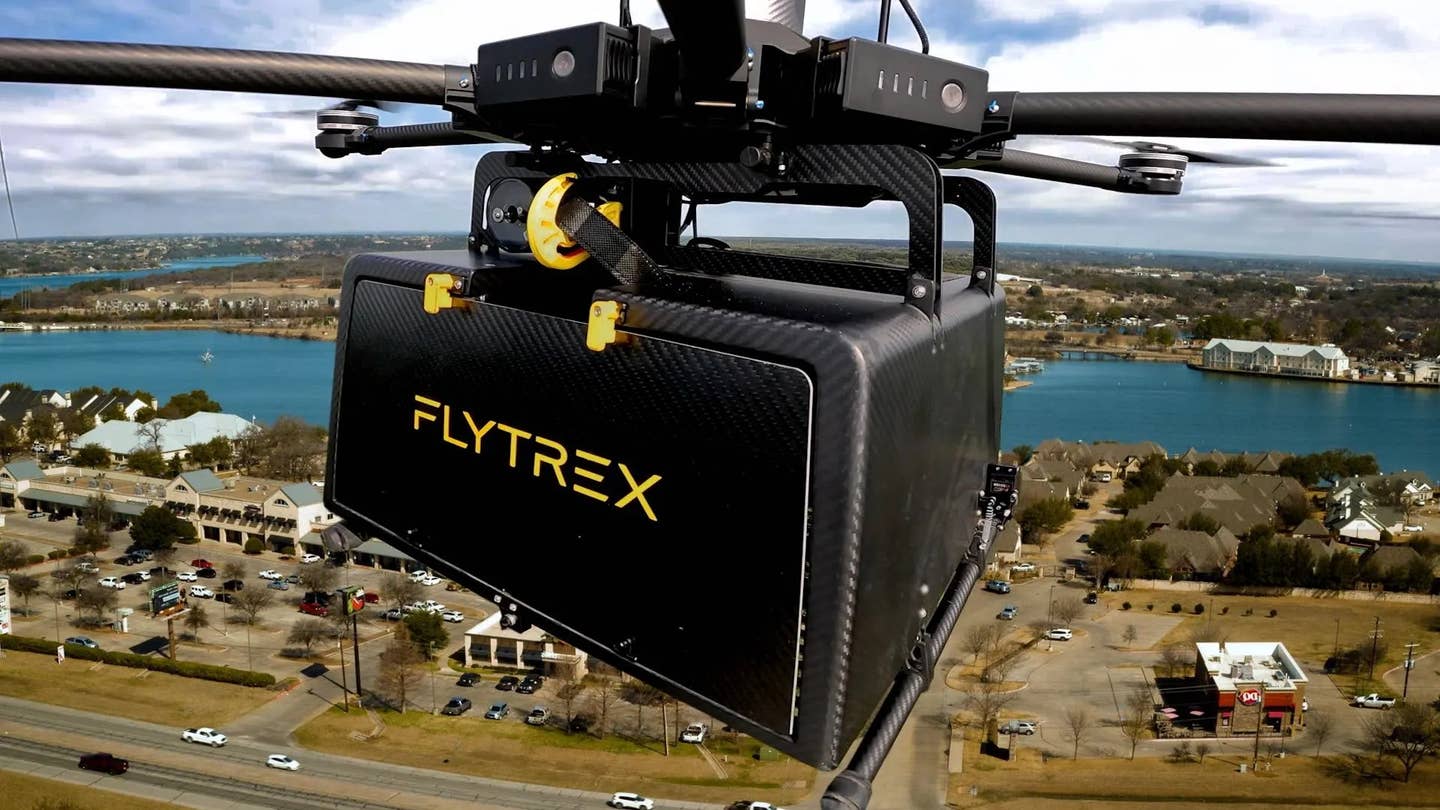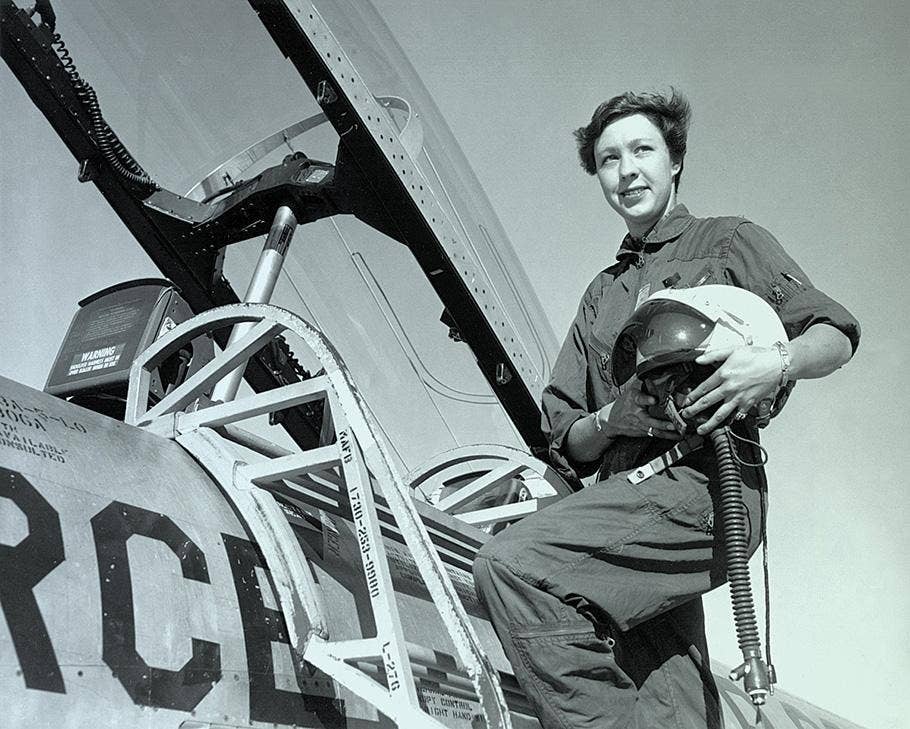
H3 Dynamics’ drones look like small planes and are powered by hydrogen, unlike the majority of drones which are battery-powered. H3 Dynamics
Editor’s Note: This article originally appeared on FreightWaves.com.
Advanced aerial mobility company H3 Dynamics has secured $26 million in Series B funding that it will use to accelerate its work to use hydrogen technology in its drones rather than the standard battery-powered model.
“Air mobility contributes to just 6 percent of the total CO2 emissions in the world. That being said, when surveying the logistics space, we realized some of the major participants have a great majority of their emissions coming from aerial transport; up to 66 percent of all CO2 emitting activities,” founder and CEO Taras Wankewycz told Modern Shipper.
“With continued e-commerce growth, and the growing challenges in international maritime shipping, air cargo is a fast-growing logistics segment meaning carbon emissions are going to be an equally fast-growing issue.
“Hydrogen electric unmanned aerial systems can fly several times further than a battery-electric equivalent,” Wankewycz continued. “If stored in gaseous form, it can be up to six times the duration of a battery drone—if liquid, that could be over 10 times.”
The funding round for the Singapore-based company was led by Japan’s Mirai Creation Fund, which is backed by Toyota Motor Corp. and Sumitomo Mitsui Banking Corp. Other investors included:
- ACA Investors
- Capital Management Group
- Ascent Hydrogen Fund
- The venture arm of Singapore’s Economic Development Board
“We are delighted to welcome such an experienced and supportive group of investors as we embark on the next stage of our journey,” Wankewycz said. “Our investors share our big-impact vision and how we get there safely. They recognize that this is a long journey and that we must first address our immediate markets while solving key technical and regulatory challenges – before adding more complexity.”
Wankewycz has flirted with hydrogen-powered flight since 2006, working alongside NASA, Germany’s DLR and dozens of other research programs around the world. He formed H3 Dynamics in 2015 with the goal of constructing an autonomous charging infrastructure for battery-powered drones. Now, he plans to use that same infrastructure to enable autonomous, zero-emissions hydrogen technology.
Why This Matters
Aviation accounts for about 12 percent of all carbon emissions from transport, a fraction of the 74 percent of emissions pumped out by road transport. In fact, today’s aircraft have about twice the fuel efficiency as the earliest jet airliners from the 1960s.
But there’s a problem—demand is through the roof.
Air cargo is, both literally and figuratively, taking off. According to the International Air Transport Association, taking shipping to the skies has resulted in a projected $175 billion in air cargo revenue for 2021, topping last year’s record-setting $128 billion.
Even with leaps in fuel efficiency, a steadily rising demand for commercial air transport has the United Nations forecasting triple the current aviation emissions by 2050. Meanwhile, researchers from the International Council on Clean Transportation expect emissions to rise more than 1.5 times faster than the U.N. estimate.

Subscribe to Our Newsletter
Get the latest FLYING stories delivered directly to your inbox






